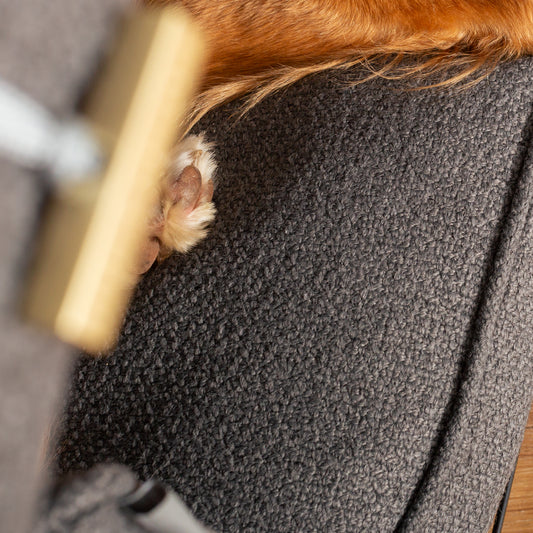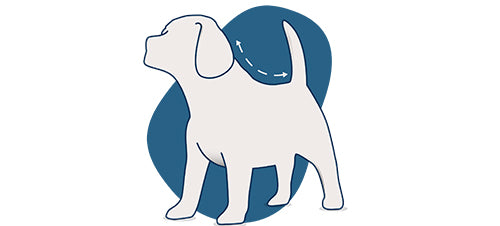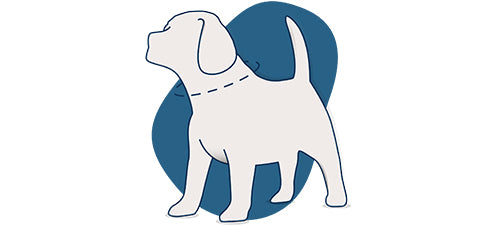During the colder days of the year, dogs could struggle to keep warm. It’s not just short-haired breeds that feel the cold; if your dog is small, lean, recovering from an illness or injury or growing old, they may also need protection from the elements. If you have a dog breed that is from a warm climate, they too may struggle in the winter. On the coldest days, even long-haired and larger dogs will benefit from additional heat, especially if they spend a lot of time outdoors or the temperature drops below zero.
If you want to keep your furry friend warm, dry and cosy, a Winter dog coat is the ideal solution. Owners are now able to consider different items from an extensive selection of dog clothing, but when it comes to taking your dog for a walk, dog coats tick all the boxes. When picking out the perfect coat for your dog it's important to consider the size and whether or not it will suit the unique shape of your dog.
If it’s too big, it could be difficult to keep on and it could potentially hinder your dog’s movement, and if it’s too small, it could be too tight and uncomfortable. The best way to avoid any issues with the sizing of the coat is to check that the measurements are right for your dog.
How To Size A Dog Coat
To gauge what size dog coat you’ll need, measure the length of your dog's top line.
To do this, measure from the nape of dog’s neck where their collar sits to the base of their tail. When you do this, make sure that your dog is standing straight and try to prevent them from moving around too much or it could lead to an inaccurate reading.
A useful tip for measuring your dog is to keep a note of the measurement in centimetres and inches as clothing can be labelled in either format. Dog coats are usually marked as small, medium, large, extra large or extra extra large so always check the size guide to gauge what each of these measure - brands will vary so a medium tin one brand may not have the same measurements as a medium in another.
Here’s a rough guide to dog clothing sizes by breed:
| Small | Miniature Dachshund, Chihuahua, Jack Russell, Shih Tzu |
| Medium | French Bulldog, Beagle, Standard Dachshund, Border Terrier |
| Large | Cockapoo, Cocker/Springer Spaniel, Bulldog |
| Extra Large | Labrador, Dalmatian, Golden Retriever, English Bull Terrier |
| Extra Extra Large | German Shepherd, Bullmastiff, German Pointer |
How To Measure A Dog For A Winter Coat
Just like with the winter coat you might wear on colder days, a dog’s winter coat is created to keep heat inside and combat the elements.
For any dog coat, you’ll need three key measurements. These are:
- The body or top line- As previously mentioned, the main measurement is from the collar to the tail.
- The chest - For your dog’s chest, measure their girth just behind their front legs.
- The neck - Measuring around your dog’s neck is as easy as putting their collar on. Just measure around their neck, leaving the same gap as you’d leave for their actual collars (about two fingers worth of space). You could even use their collar for this if they’re becoming restless, as it is a useful guideline for assessing the ideal collar of the coat. Just make sure it’s slightly larger or their coat collar could end up getting stuck on their actual collar. You won't need this measurement for all dog coats as many are adjustable. If you are having a coat made to measure you may want to give this measurement as additional information when you order. This will be helpful if you have a particularly stocky or slender dog.
For some coats or fleeces you may need the length of your dog legs, this starts from the top of their legs all the way down to just above their paw.
After taking your dog's measurements, note them down and refer to them when it comes to picking out your dog’s new coat. If your dog measures in-between sizes, it would be advisable to pick the larger option, as it will prevent your dog from becoming uncomfortable,, and allows for your dogs harness to fit underneath if desired.
If you have any questions we have a team of pet experts ready and waiting to help you, you can either email in on sales@lordsandlabradors.co.uk or call us on 01790 720900


























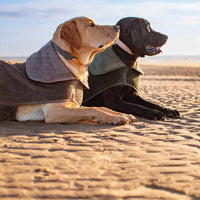

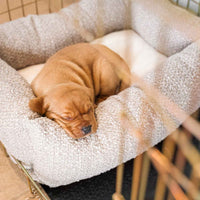




























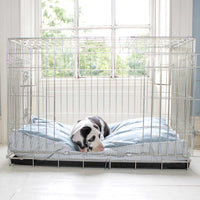
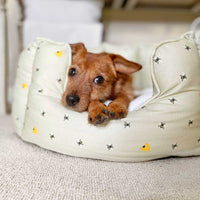
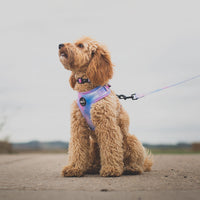
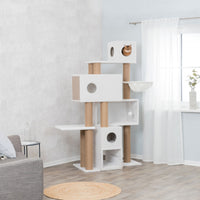
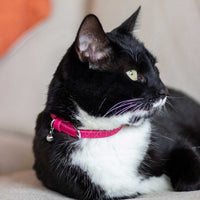




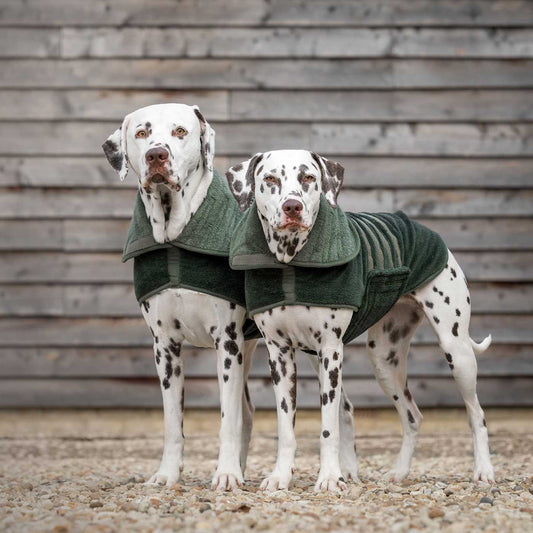
![[color:hh black]](http://www.lordsandlabradors.co.uk/cdn/shop/files/hugo-and-hudson-black-reversible-puffer-jacket_ee85595a-a6a7-49bd-8718-81a70dd1246f.jpg?v=1705422422&width=533)






























